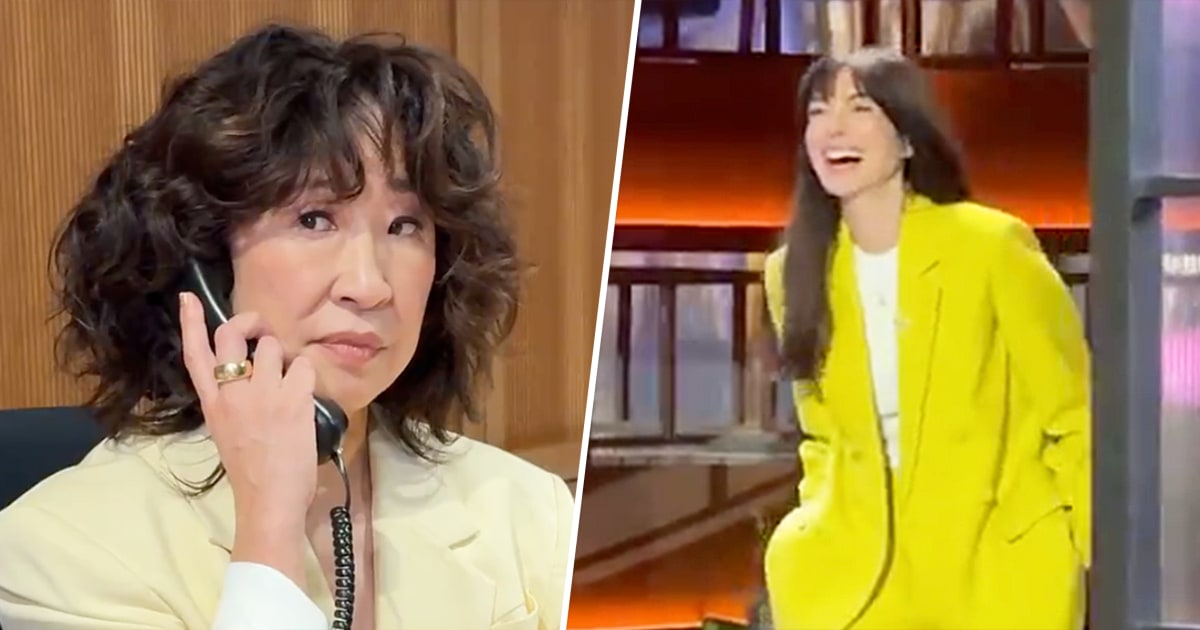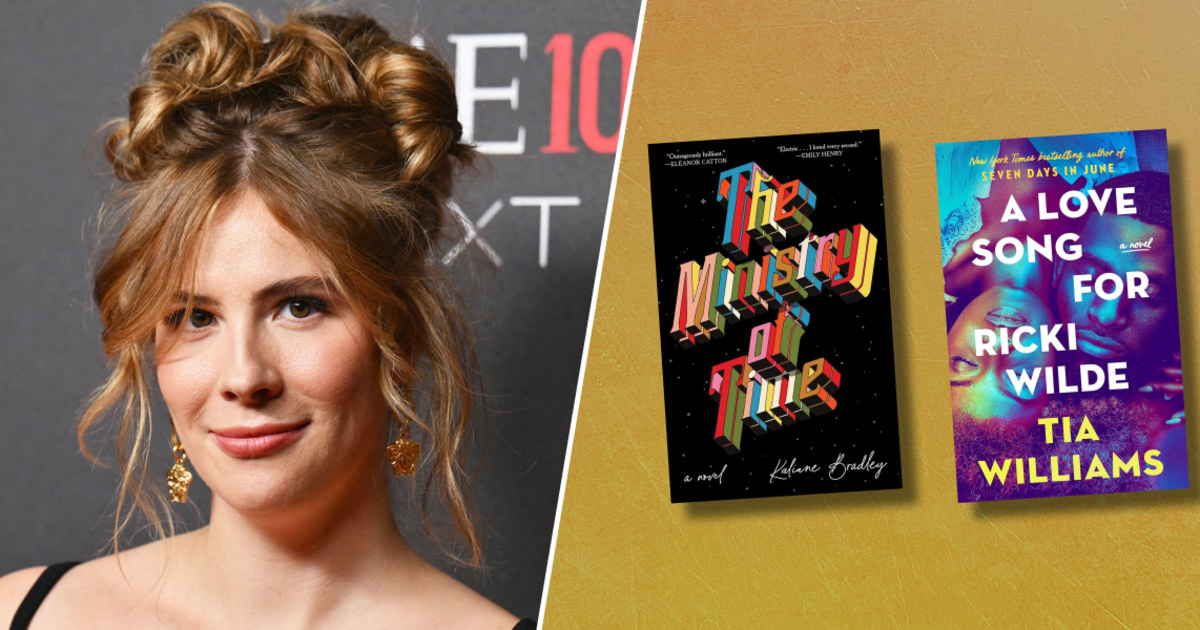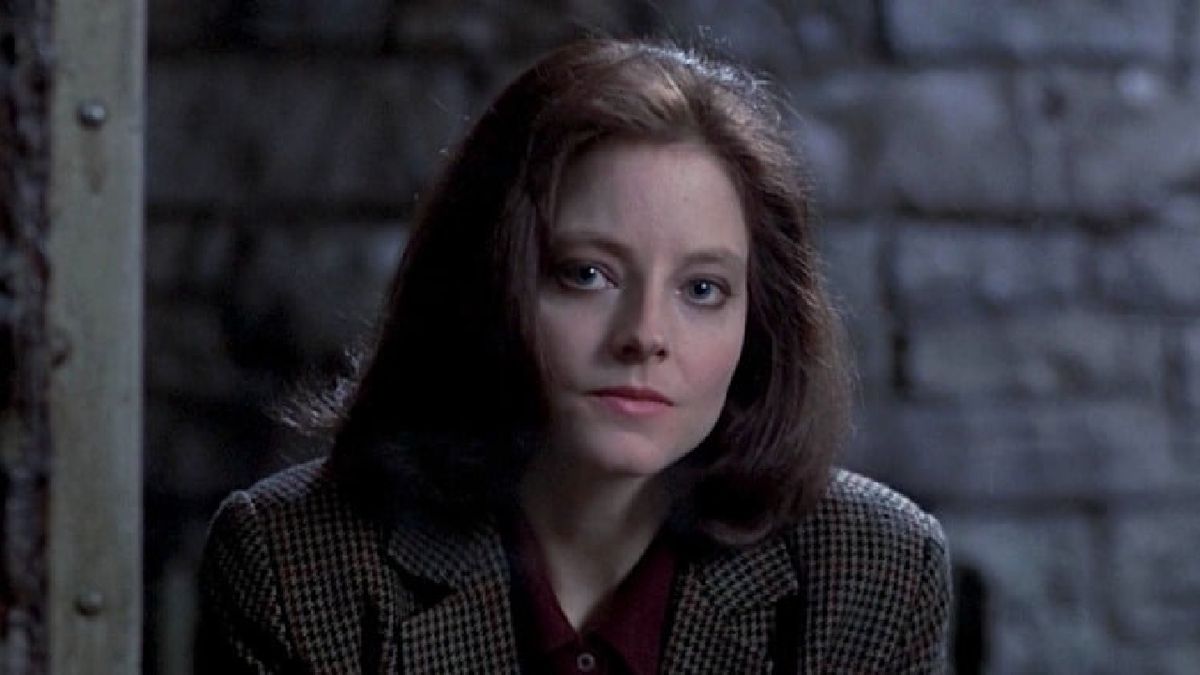
‘Better Call Saul’ Creators on the Terror, Process, and Lessons of Concluding a Series
“Better Call Saul” has gotten a lot of mileage out of demonstrating how its characters unintentionally reap whirlwinds of their own making. But with the last leg of its sixth and final season starting, the series enters a time of repercussions. While on the Filmmaker Toolkit Podcast, co-creators Peter Gould and Vince Gilligan reflected what a different exercise it was for their writers’ room to map out the series’ final act.
“Breaking previous seasons, most of the seasons ended with some kind of big change in the show,” said Gould. “You’d see what happened with Chuck or what happened with Lalo surviving the hail of bullets in Season 5. We’re always saying, ‘Hey, keep watching what’s gonna happen next here.’ We have to do something a little bit different.
While on the podcast, Gould and Gilligan discussed how their process was, in part, grounded in the lessons taken from Gilligan’s successful landing of “Breaking Bad,” which Gould helped write and produce. One key was to reverse engineer the dramatic collisions and consequences the series had been exploring for five seasons – an exercise rooted in the understanding of their characters, rather than plot.
“That’s something I feel like I learned from Vince which is to, instead of always looking forward to what you think you wanna have happen, look back and try to understand the show that you’ve already got,” explained Gould.
For his part, Gilligan admitted he took little comfort in having done it before, and concluding the various “Saul” storylines just as terrifying.
“As you’re running outta runway, as you’re trying to stick the landing – we had this feeling with ‘Breaking Bad’ as well, where you say to yourself, ‘What are we missing? Is there anything we haven’t done yet?’” Gilligan reflected. “And that adds to the terror because you spend a lot of time saying to yourself, ‘Are we leaving any loose ends?’”
With the writers’ room long since closed, and the remaining five episodes in can, the two longtime collaborators reflected on the evolution of creation. They discuss the personnel decisions that have helped elevate the series, how the camerawork has evolved over the course of the show, and their work directing key episodes.
Listen to the entire discussion below or read on transcript highlights from the conversation.
You can also listen to this podcast by subscribing to Toolkit via Apple Podcasts, Pocket Casts, Spotify, or Overcast.
Partial Transcript Highlights Below:
Plotting the Final Season
Gould: Breaking previous seasons, most of the seasons ended with some kind of big change in the show. You’d see what happened with Chuck or what happened with Lalo surviving the hail of bullets in Season 5. We’re always saying, “Hey, keep watching what’s gonna happen next here.” We have to do something a little bit different. And I really like the way you put [the question]. That’s something I feel like I learned from Vince which is to, instead of always looking forward to what you think you wanna have happen, look back and try to understand the show that you’ve already got. And one of the things is we have more buffalo than ever because now we had 50 episodes before this to think about, to consider, to try to understand, to be consistent with. And then also, there’s the question of what happens with Gene. And that was a big question. And then also aspects which start touching “Breaking Bad.” And there’s a whole other buffalo. So we had a lot of Buffalo.
Gilligan: As you’re running outta runway, as you’re trying to stick the landing – we had this feeling with “Breaking Bad” as well, where you say to yourself, “What are we missing? Is there anything we haven’t done yet?” And that adds to the terror because you spend a lot of time saying to yourself, “Are we leaving any loose ends? Please let us not forget any loose ends here.” That was my fear on “Breaking Bad” is to wake up a week later or a month later after the final episode and say, “Oh my God, what about we forgot all about this thing.” Sticking the landing in part means leaving the audience wanting a little bit more but leaving them satisfied nonetheless, and definitely not leaving them thinking, “Oh my God, they forgot all that!”

“Better Call Saul”
Greg Lewis/AMC/Sony Pictures Television
“Rewriting” Each Episode In Post
Gould: Post-Production is the final rewrite of the episode. There’s just no question. There are a lot of changes, big and small, that we make in post. Probably the most common change we make is to omit dialogue. Even after all this time, we find that there’s often dialogue that we just don’t need because our actors are so wonderful and they’re communicating so much without the dialogue. Musically, you know, there’s a couple of different kinds of scenes. Sometimes, when we have a, a montage or a scene that’s asking for music – actually, sometimes we don’t even know it, sometimes. Oftentimes we’ll do a spotting session and Thomas Golubic, who’s our brilliant music supervisor, or Dave Porter who’s our composer, will say “I think there should be music here.” And oftentimes I haven’t even thought of putting music in that spot and, you know, it’s the great thing about that work in post is that you can try something and see if it works. You can try running a sequence backwards. You can try using a split screen. You can try lots of things. You can try adding color to black and white. There’s just a lot of options.
It’s a great moment for experimenting because, also, at that point, the episode is kind of birthed and you’ve seen it and the goal is to make it more of what it is already instead of trying to turn it into something else. We use all kinds of tricks to get where we wanna be. One of the things that we’ve used a lot on this show is our split screens. There’s a lot of times when we’ll use part of one take and then part of another take and join them together using a split screen, whether it’s for timing or performance or something else like that. And that’s something we didn’t do a lot of on “Breaking Bad.” And part of the reason is something that we referred to earlier, which is “Breaking Bad” was primarily handheld and this show is primarily, the camera is moving smoothly if it’s moving. That makes it a lot easier to do things like split screens. It’s another arrow in our quiver. It’s a constant process of discovery and a lot of it is honing things and simplifying things. There are a lot of things that I felt that I needed in a script that once I actually see it on screen – I wish I could see this more ahead of time because we could make things much more simple, but sometimes you just have to see it and put it together to know that there’s one extra element that you don’t need.

<
p id=”caption-attachment-1234740781″>”Better Call Saul”
Greg Lewis/AMC/Sony Pictures Television
On the Evolution of the Look of “Better Call Saul”
Gilligan: I would start by saying I do recall having meetings with Peter at the beginning of “Better Call Saul” about how should we differentiate the look of “Saul” versus “Breaking Bad.” And I think one of the first ideas we had was to not use the handheld look that was kind of a visual idiom of “Breaking Bad.” I think we decided let’s do things a little more classical style: have the camera on a tripod or on a dolly for most shots. But, Peter had come in with, as I recall, kind of a lookbook for the show. That was really where we started.
Gould: I think the big thing is what Vince just said, which is that we tried to make make the camera a little bit more stable than it was on “Breaking Bad.” You know, I think when Vince directed the pilot – and he directed the pilot of both shows – when he directed the pilot of “Breaking Bad,” one of the touchstones was “The French Connection.” And on this show we kept on looking at the Bertolucci movie, “The Conformist,” a lot of pictures from that, but a lot of other movies too. It’s something you wanna be cautious about because I don’t believe in establishing incredibly firm rules, because part of the goal is to have the look or the feel evolve, the show evolve, and to have each of the directors and each of the DPS and each of the camera operators and production designers make a contribution rather than feeling that they’re being confined by a set of rules.
But I think what’s successful to me is that rather than revolutionizing each season, it doesn’t switch radically, but it does evolve. And it works for this show because it’s a show about people evolving. And you know, of course, we’ve had three amazing DPs “Better Call Saul.” We started out with Arthur Albert for the first two seasons. Then Marshall Adams came in andMarshall’s a very different DP from Arthur. They’re both great. They just have different focuses, their material looks different. And this season we added Paul Donachie, who’s been our A Camera operator for four seasons. we added him as a full-time DP, alternated with Marshall, and all these [cinematographers] and also the camera operators, we have great ones, they all have great ideas. And so do the directors. And so what’s fun is to look back. It’s a little bit like what we do on the story is to look back at what we’ve done before and try to learn from it. That’s stood us in good stead so far.
The Filmmaker Toolkit podcast is available on Apple Podcasts, Spotify, Overcast, and Stitcher. The music used in this podcast is from the “Marina Abramovic: The Artist Is Present” score, courtesy of composer Nathan Halpern.






















































